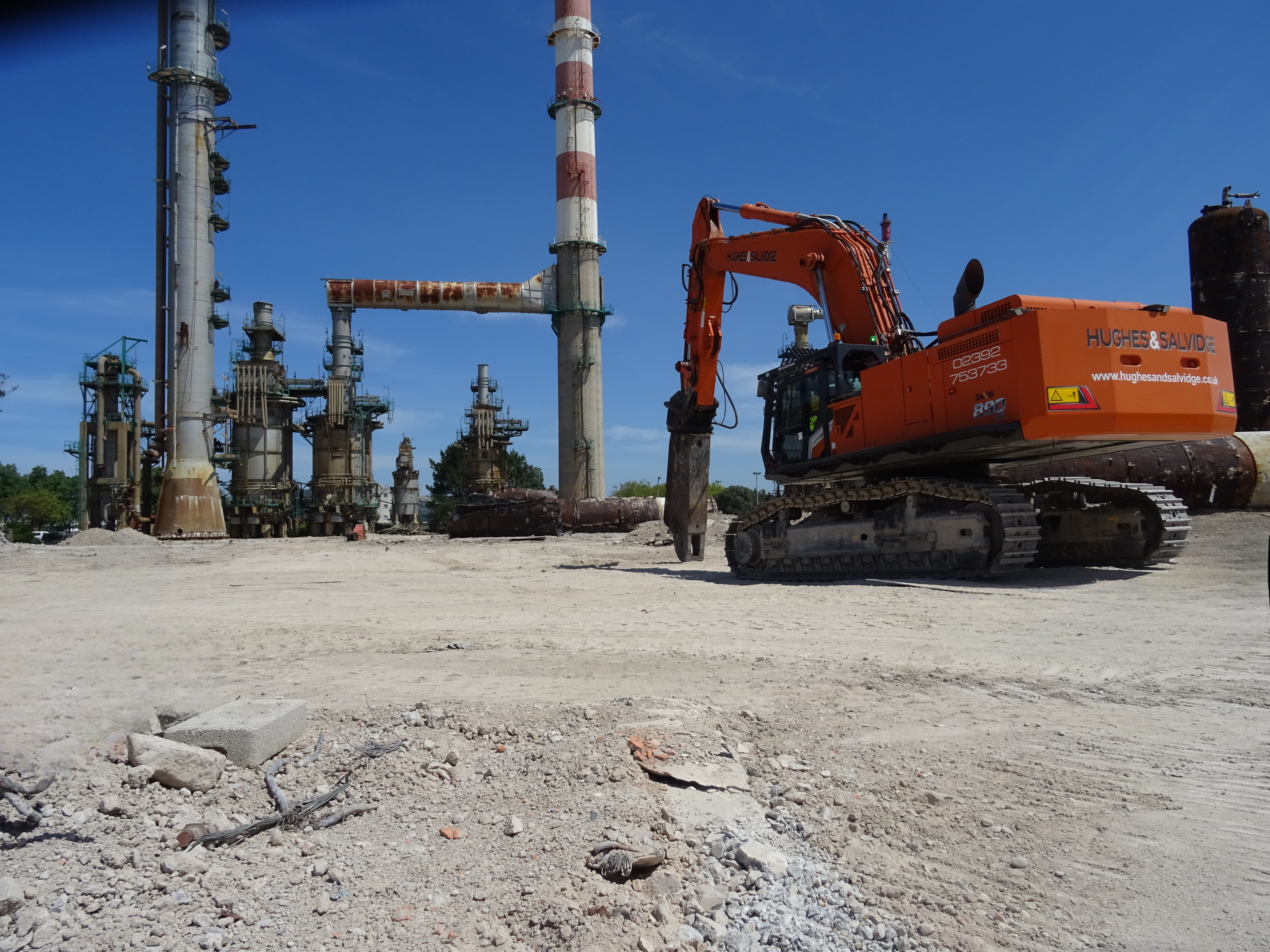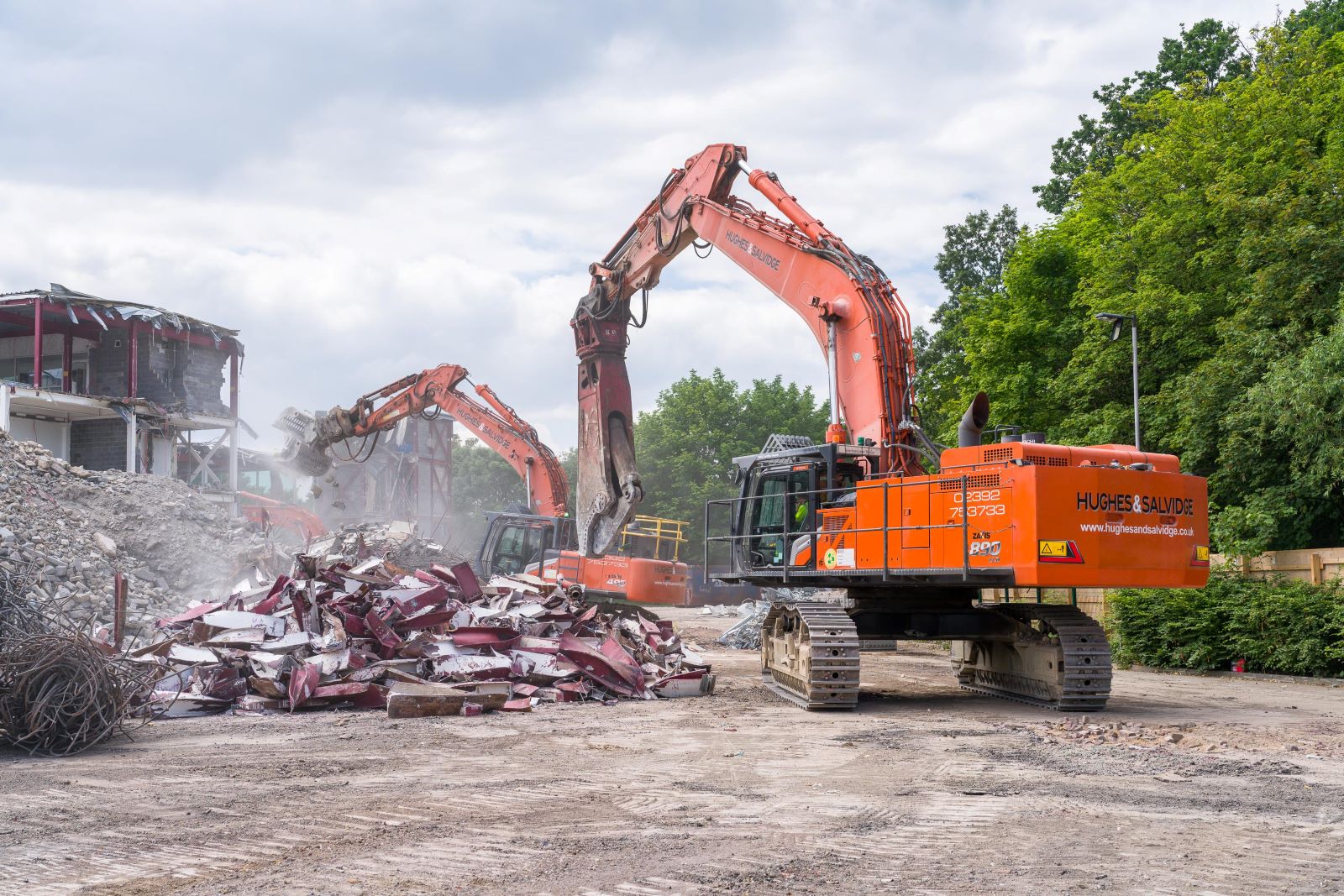How To Demolish a Bridge
Luke Gould 13th December 2017
Bridge demolitions are some of the most technical demolitions undertaken. They require extreme caution and care to ensure minimal debris escapes onto roads or other surfaces and items, as well as the protection of the roads, waterways, etc. below. There are also various materials and components included in the construction of a bridge that require different methods and techniques for demolition.
Bridge demolition methods
There are four common bridge demolition methods:
- Explosives – these demolitions use explosives to take down large amounts of concrete, using boreholes which the explosives are inserted into. Using explosions is adaptive and flexible, meaning it can work for a number of different situations and projects. However, it does cause a fair amount of noise and debris, and requires strict safety precautions.
- Hydraulic breakers – this technique uses boom-mounted breakers to break apart bridge materials and can even be adapted to undertake underwater bridge demolition for supports and abutments. This technique creates a lot of noise, debris, dust and vibrations.
- Dismantling – this method simply involves cutting a bridge into sections and removing them with a crane. Using sawing, water-jetting or thermic lances, the bridge can be cut into pieces and disposed of without much noise or dust being created.
- Bursting – there are three different types of bursting for bridge demolition, which are pressure, chemical or mechanical bursting. Each type, although using different methods, uses some kind of pressure to force the concrete to split and break. All three methods are relatively quiet.
Bridge demolition example – M3 bridge demolition
In November 2016, Hughes & Salvidge were commissioned to assist with the demolition of the Woodlands Lane bridge over the M3 Motorway. Take a look at the video to see all the machinery that was involved in ensuring a clean and safe motorway bridge demolition.
Because the bridge was situated over a motorway, and the bridge explosion would cause a lot of debris, the clean-up of the debris was of paramount importance. It had to be ensured that the motorway bridge would be removed in time for the rush-hour traffic on the Monday morning, after the Saturday’s demolition. In order to achieve this, the M3 bridge explosion was carefully controlled and the ground where the bridge would fall was prepared with soil. The soil enabled the machinery, with the necessary attachments, to scoop up debris with ease and remove it from the site quickly and safely.
If you’re looking for a company to assist you with the demolition of a bridge, come to Hughes & Salvidge. Our many years of experience enable us to adapt to your particular project and choose the techniques that will work best for you in a safe and efficient manner.



